Astronomy 113
If an answer is numerical you must show the equation for credit.
1) What is the most common type of planet discovered?
D) Sized between Earth and Neptune with short orbits.
For Questions 2 - 6, match the energy source with the stage of evolution.
A) Fusion H -> He
B) Fusion He -> C/O
C) Gravity
D) Electron degeneracy pressure
E) Neutron degeneracy pressure
F) Explosion (supernova)
2) Protostar. C. Gravity
3) Neutron star. E. Neutron degeneracy pressure
4) Main sequence star. A. Fusion H -> He
5) White dwarf star. D. Electron degeneracy pressure
6) Red giant star. C. Gravity
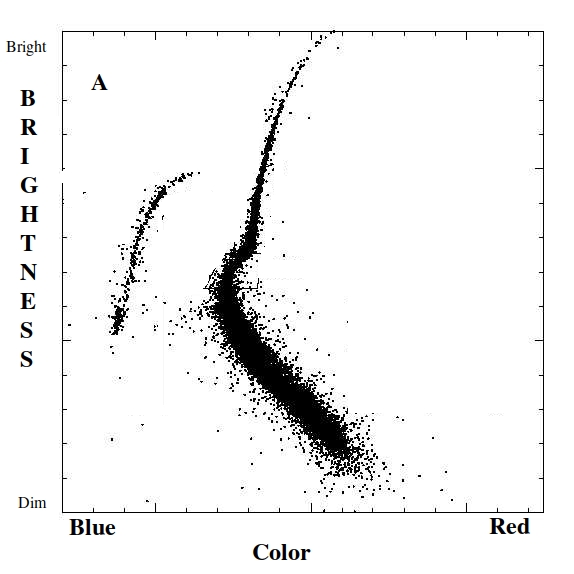
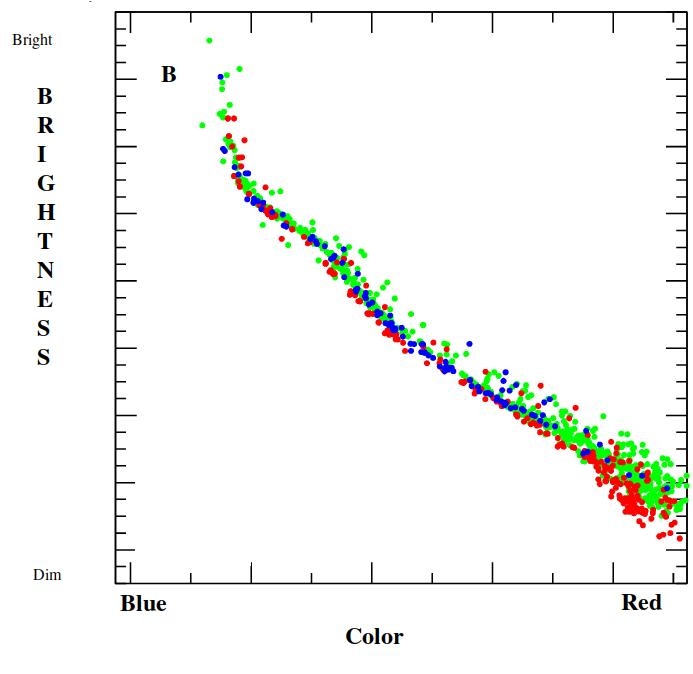
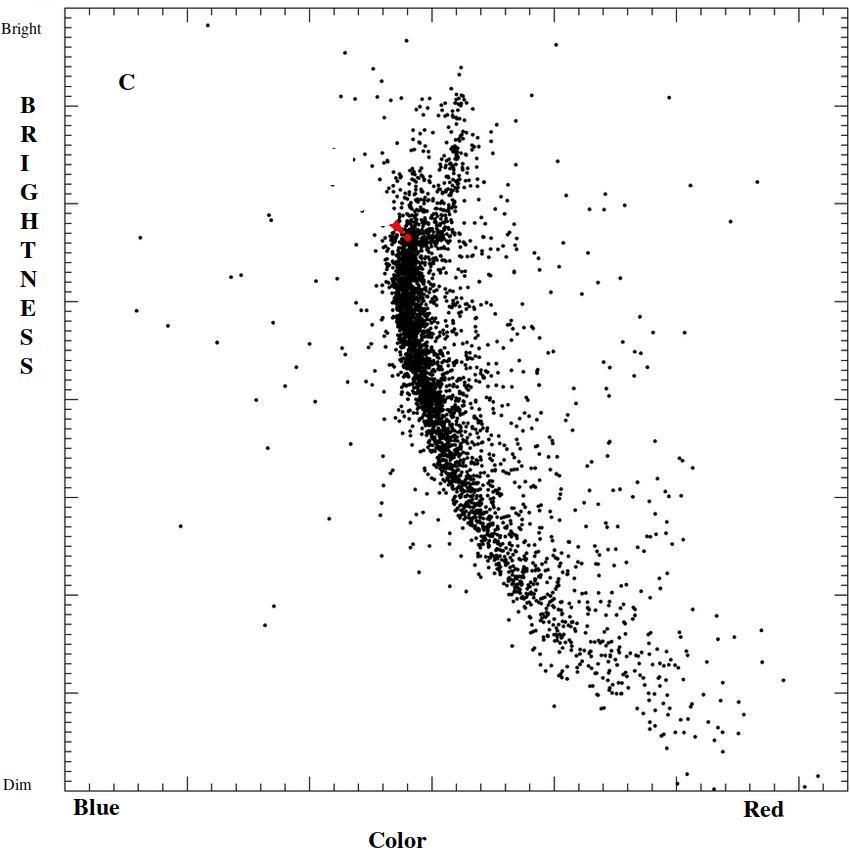
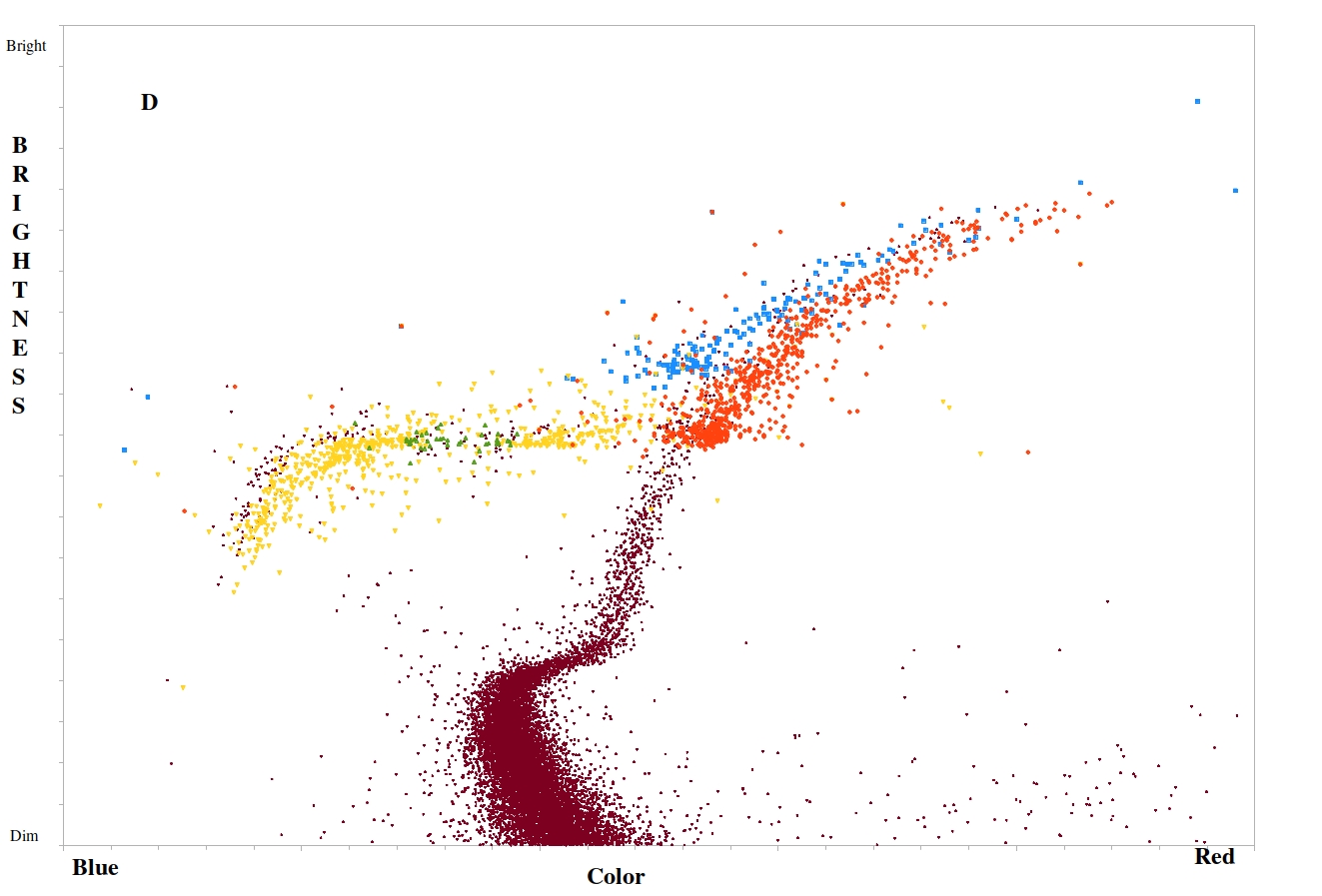
7) Order the groups of stars from youngest to oldest. (Just list the letters.)
B,C,A,D based on the length of their Main Sequences
8) What is the Schwarzchild radius of a 16MSun black hole?
3X16 = 48km, be sure to use the shorter equation: RSch=3*M where M is in solar
masses. There is no need to use the more difficult question with the constant G in it.
9) How will a 10 MSun star end?
As a neutron star
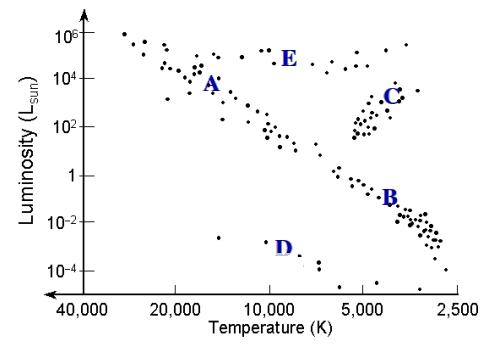
10) In the above image, what's the difference between stars near A and stars near B
that causes them to be where they are in the HR diagram? (What's the reason behind
their position.)
Those are both main sequence stars and the difference is mass.
11) In the above image, what's the difference between stars near C and stars near B
that causes them to be where they are in the HR diagram? (What's the reason behind
their position.)
Evolution (B is on the main sequence and C is a red giant).




